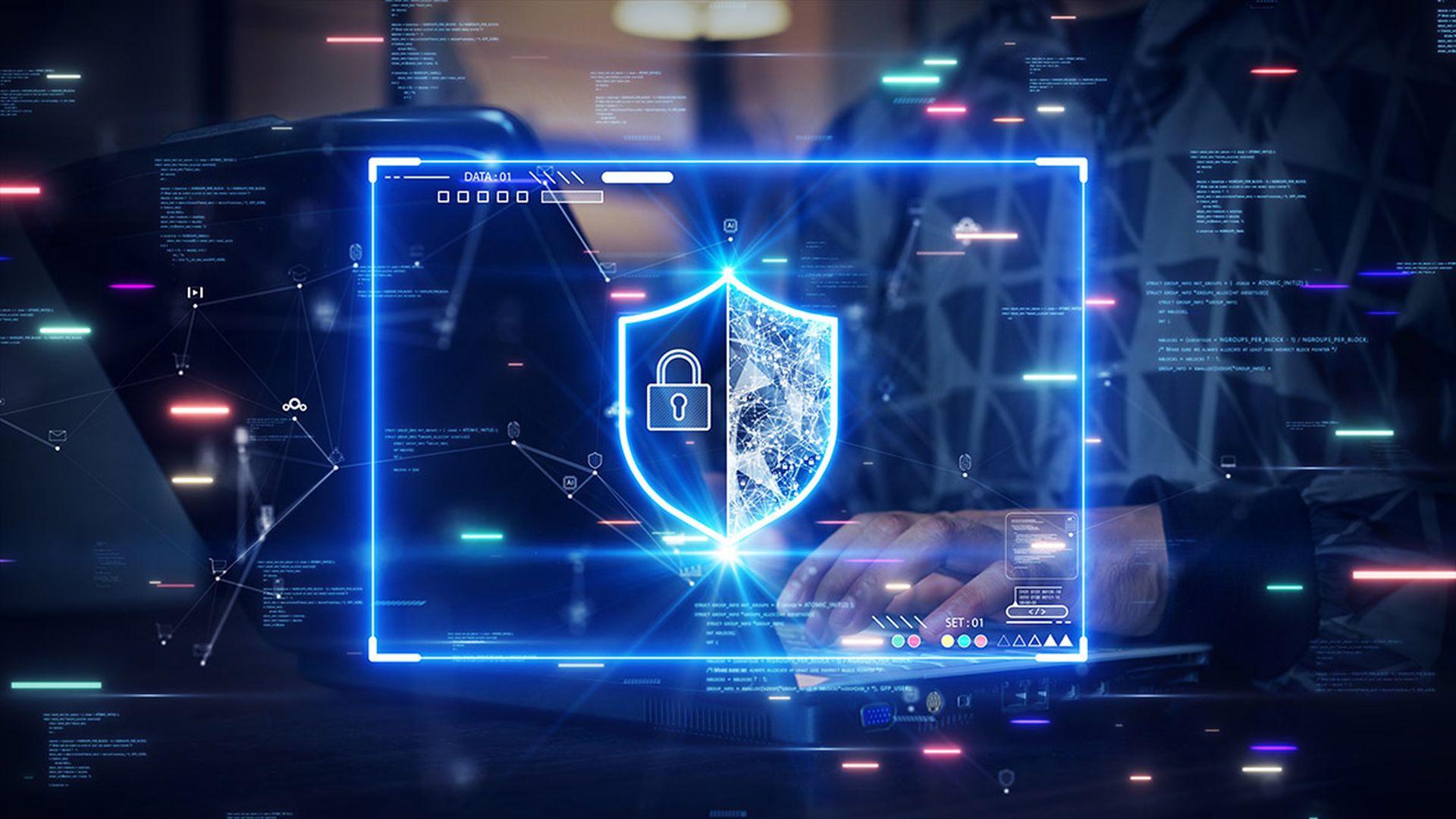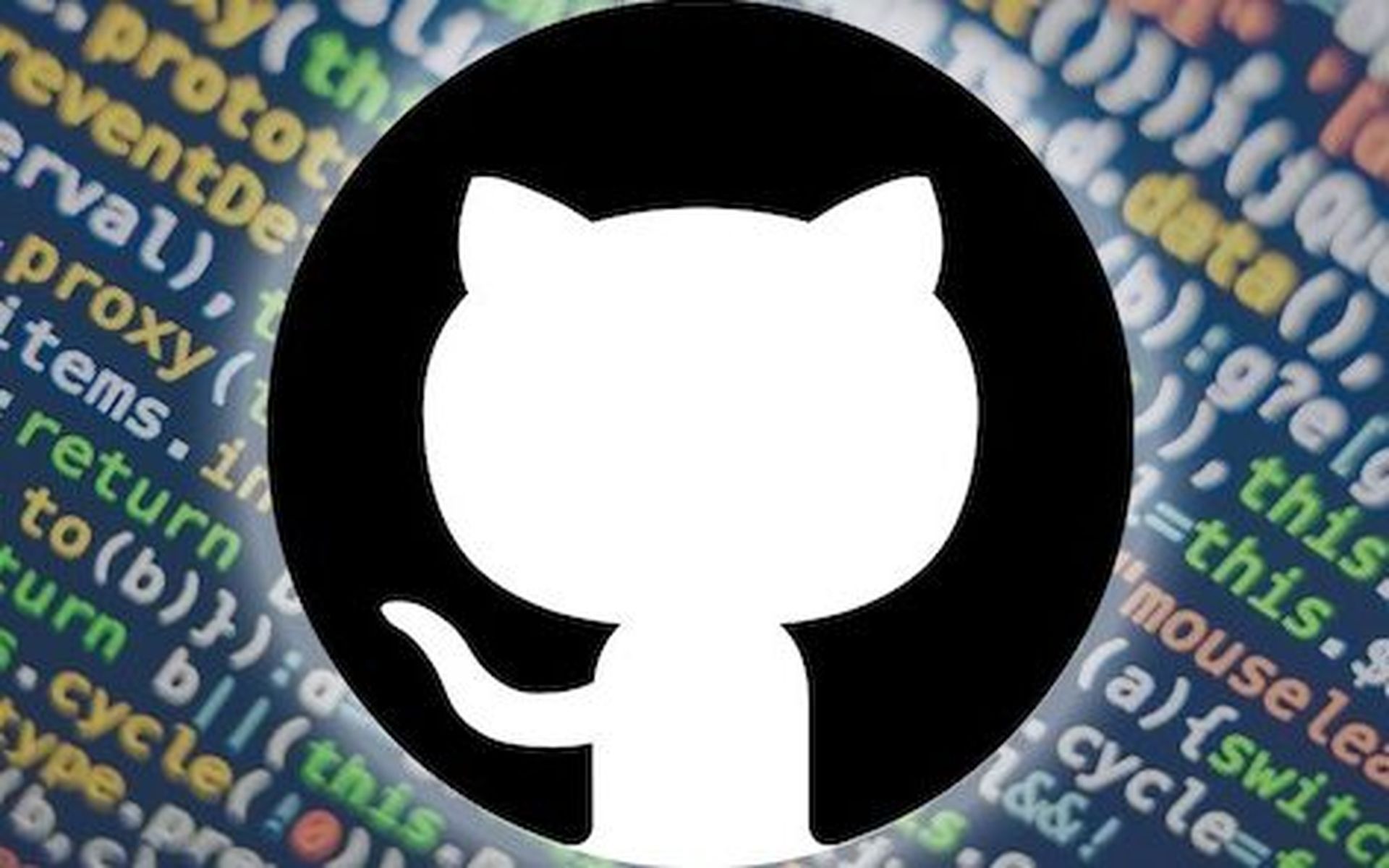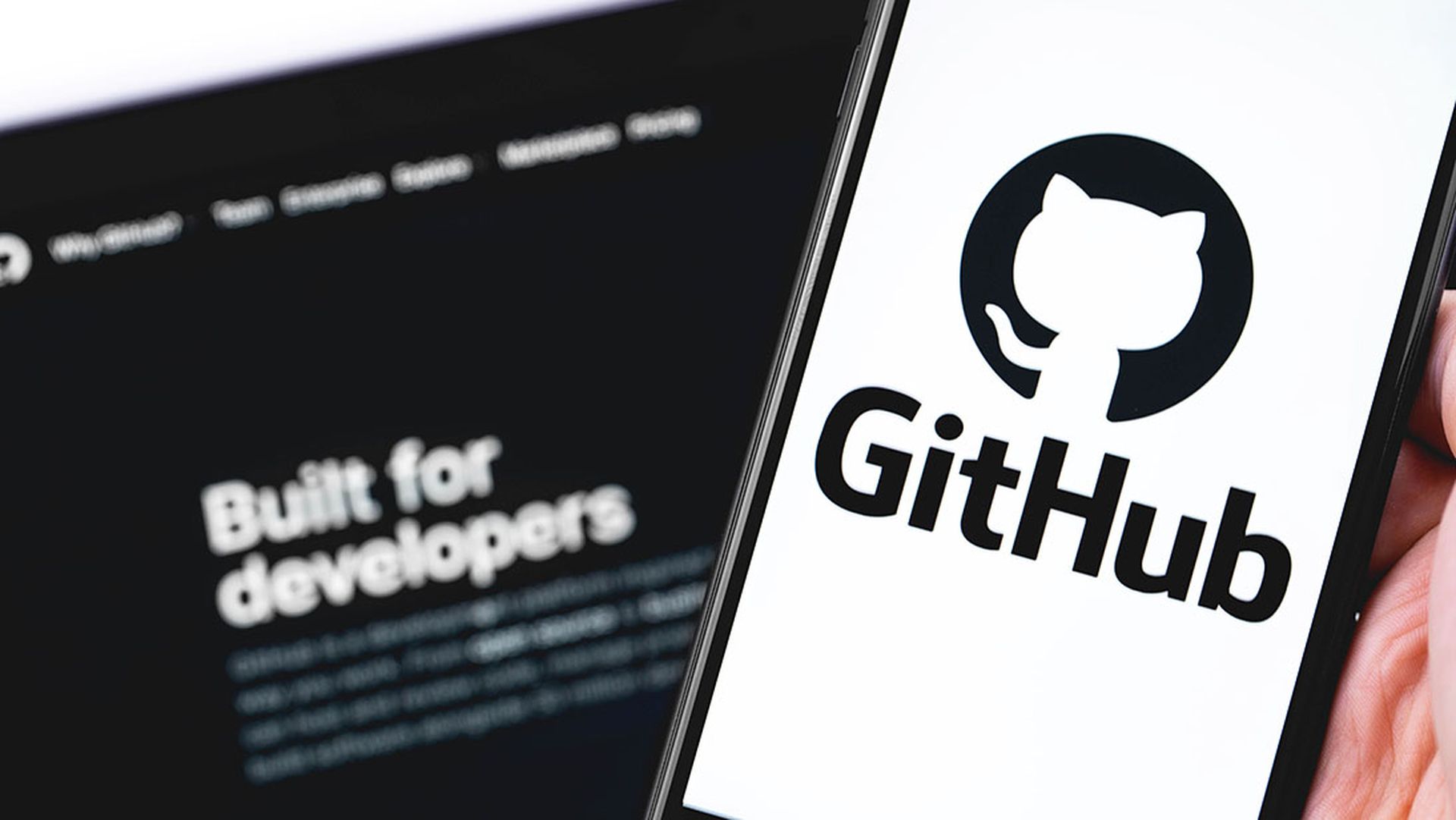In a recent interview, Paul Davis, Field CISO at Jfrog, delved into the critical challenges facing today’s information security leaders, particularly in securing development workflows. Hosted by Adrian Sanabria, Principal Researcher at the Defenders Initiative and host of Enterprise Security Weekly podcast, the conversation highlighted the growing complexity of securing the software development lifecycle in the face of increasing cyber threats.
Davis opened the discussion by noting that the information security landscape is at a pivotal moment. With a heightened focus on cybersecurity, budgets and resources are more available than ever. This, he argued, makes it an opportune time for security leaders to address the evolving threats targeting development environments.
One of the primary concerns discussed was the increasing vulnerability of development workflows. Traditionally, developers have had significant autonomy over the tools and processes they use, with the primary goal of delivering code on time. However, as malicious actors shift their focus toward developers and their infrastructure, this once-effective model is becoming problematic. Davis pointed out that these “developer islands” of technology, which have grown organically over time, now require consolidation and streamlining. This will enable security teams to gain the visibility they need across the entire software development lifecycle.
Sanabria and Davis also touched on the delicate balance between speed and security in software development. Davis acknowledged the challenging position security teams often find themselves in—disrupting the development process can be a “career-limiting” move, yet the risks of shipping insecure, buggy software are equally significant. The pressure to deliver code quickly can lead to vulnerabilities, which are increasingly under scrutiny from governments and regulatory bodies. This growing attention highlights the need for secure code and full traceability throughout the development process.
To mitigate these risks, Davis emphasized the importance of early intervention in the development cycle. Drawing a parallel to the “kill chain” concept in cybersecurity, he noted that addressing issues earlier in the process is far more cost-effective than fixing them post-production. Currently, statistics indicate that developers spend about 25% of their time fixing bugs—a significant drain on resources that could be minimized with better security practices integrated into the development workflow.
The conversation also explored the role of automation in enhancing security without impeding development. Davis suggested that integrating security checks into existing workflows and providing immediate feedback to developers—such as when they inadvertently introduce a bug—can significantly reduce vulnerabilities. He acknowledged the role of generative AI, like ChatGPT, in development but cautioned that it doesn’t always produce the best code, further underscoring the need for vigilant oversight.
As the role of the CISO continues to mature, Davis’ insights highlight the need for a proactive approach to securing development environments. By integrating security more seamlessly into the development process, organizations can better protect themselves against the evolving threat landscape, ensuring both speed and security in software delivery.




